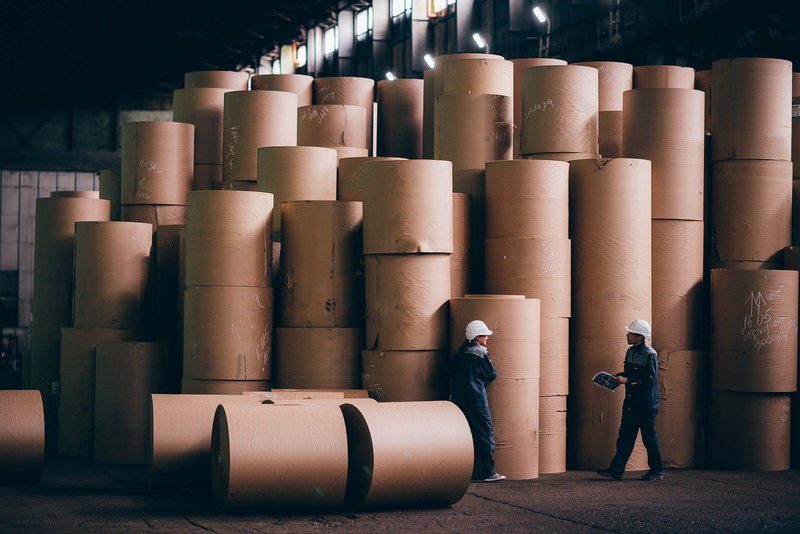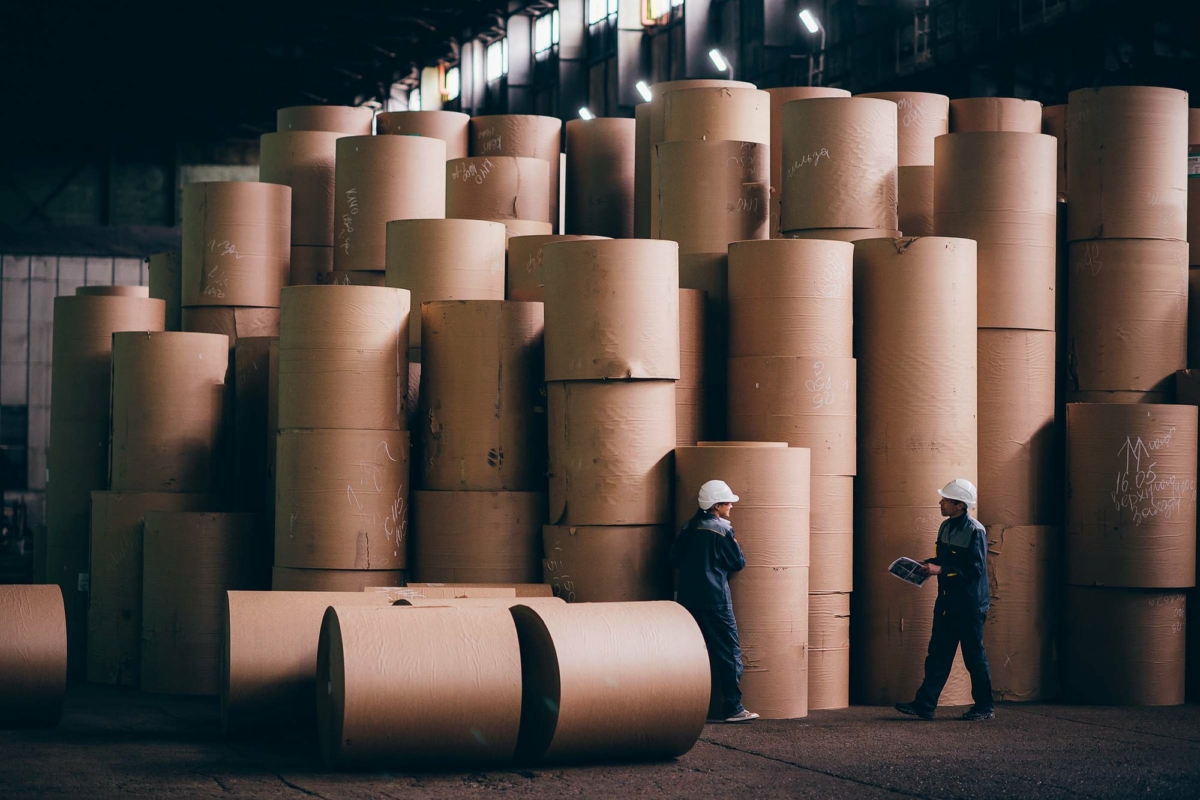Keeping your printed material longer? Keep these tips in mind
No doubt you’ve noticed: time affects the look of printed matter. Paper is a natural product, made from materials that gently degrade over time. Yet you can achieve a great deal with a few efforts. Four golden tips so that you too can enjoy your books, magazines and brochures for as long as possible!

In libraries and archives, the temperature usually does not exceed 18°C and humidity fluctuates between 50 and 55%. In theory, the ideal climate for optimum paper storage. At home or in the office, of course, it’s not all that easy, but the tips below can go a long way toward extending the life of your printed materials:
1. Avoid high temperatures
Paper is sensitive to high temperatures. If it is warmer than 21°C, it will discolor faster. So keep your printing as far away from heat sources as possible. The cooler and drier you keep paper, the longer it will last. A 5-degree reduction can actually double the lifespan of paper!
2. Move paper as little as possible
A point of interest following on from the previous one. When moving paper between two rooms, you need to consider temperature differences. If it is warmer than 8°C at your print’s new destination, it will have an impact. The moisture from the warm air will precipitate on the paper in the form of droplets. And as you know: water and paper, that’s never a good combo.
3. No direct sunlight
Sunlight consists of UV radiation. Which is not only harmful to the skin. Ink is also very sensitive to it. Under the influence of direct sunlight, ink will fade faster. Even if you put your printed matter in the shade, it’s a cloudy day or it’s tucked away behind glass: UV rays will still cause your printed matter to discolor.
4. No to damp areas
Wet is pernicious for paper. Therefore, be careful with poorly insulated rooms or damp areas such as the garden shed, basement or attic. Excessive humidity encourages mold and paperfish. What you can do is package your printed matter properly. For example, in a PE-coated box. Or have your printing finished with a laminate or sealing film. That way it is better protected in advance!











